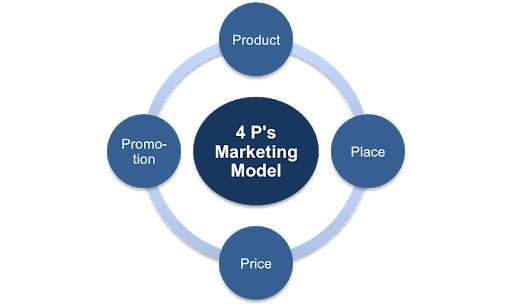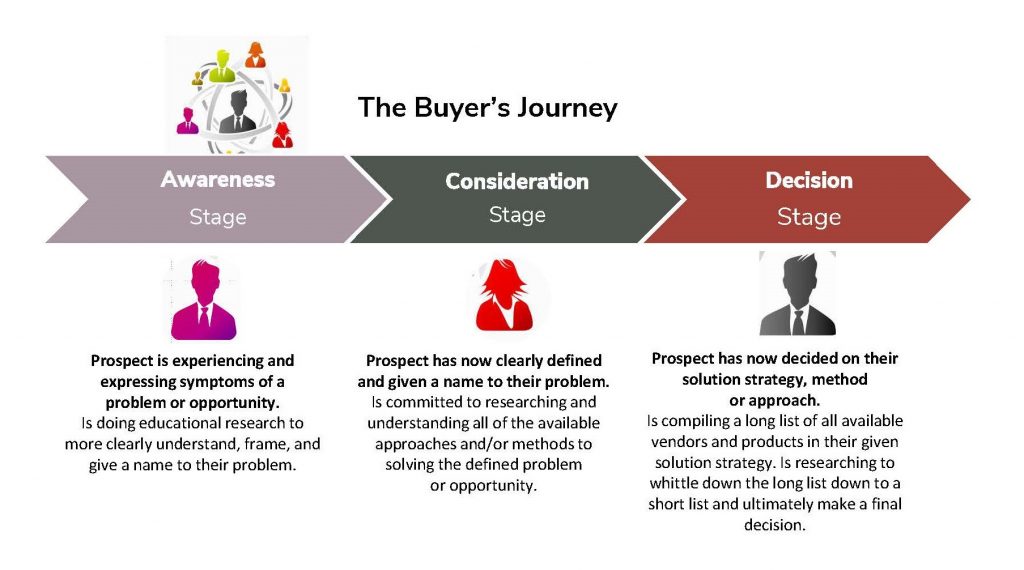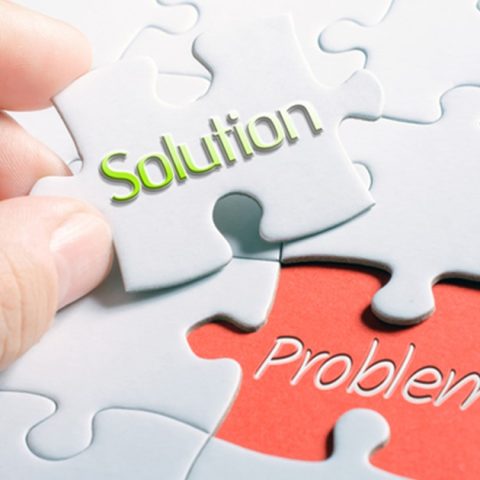(Edited by Imran & Gisella)
First of all confusion needs clarification
Regularly people confuse between sales & marketing which leads to poor business strategy.
Sales and marketing are two business functions within an organization.
They both impact lead generation and revenue. In simple term, sales, refers to all activities that lead to the selling of goods and services. And marketing is the process of getting people interested in the goods and services being sold.

Marketing vs Sales – Confusions
To create a cohesive partnership between marketing and sales, we need to understand the core elements of each department.
Process:
Whether you’re writing a marketing or sales plan, both will include details about the history of the company and its overarching goals and initiatives. Then the plans dive into the aspects of the plan that are specific for each department. The plan for marketing lays out what the product is, its price, who it’ll be sold to, and where it will be sold.
This is also known as the 4Ps of marketing : Product, price, place, and promotion. Goals are set, marketing channels are chosen, and a budget is made for the campaigns the marketing team plans to pursue
The primary goal for marketing is to look at the big picture and promote the company, product or service, and brand marketing managers are responsible for pricing the products and communicating how the product fills customers’ needs and wants. And its goals are often longer term because campaigns can span over the course of many months.
Sales plans include details about the process of sales, team structure, target market, and goals. Plus, the sales plan outlines the action plan, tools, and resources that will be used to hit these targets.
The focus is to hit quotas and sales volume goals for sales purpose, and these tend to be shorter term. Sales goals are often measured month over month. Targets are defined, and sales administration calculates how much their department, teams, and individual salespeople need to sell to meet the overarching goal.
There are various tools available for the purpose of marketing & sales position. Customer relationship management (CRM) is one such tool that can be used for sales, marketing, and the company as a whole. The database helps all departments manage relationships with contacts, no matter which stage of the “customer life cycle” they’re in. As a salesperson, you can personalize your sales process to the buyer’s context by understanding the buyer’s journey. This article will try to define the buyer’s journey and show you how to think through it when working with prospects in your pipeline.
What is the buyer’s journey?
The journey consists of a three-step process:
- Awareness Stage: The buyer realizes they have a problem.
- Consideration Stage: The buyer defines their problem and researches options to solve it.
Decision Stage:
The buyer chooses a solution. Social media can also be leveraged by both business units. For marketing, social media can promote content, and for sales, it can be used as part of a social selling strategy.
Plus, some tools are specific to each department.
Marketing Tools:
- Conversion Rate Optimization (CRO)
- Search engine optimization (SEO) tool
- Project management tool
- Data reporting software
- Content creation tool
Sales Tools:
- Meetings app
- Documents tool
- Invoicing software
- Email management tool
- Inventory and order management software
The introduction of resources to a marketing or sales strategy is particularly dependent on new technology being used. For example,
Artificial Intelligence (AI) and live chat are bit latest tools that marketing and sales can use to develop relationships with possible leads. This type of personalized communication wasn’t possible until recently, and companies can adopt new software and technology as it’s created.
Strategies
Marketing teams can take different strategic approaches depending on the type of campaign and customer they’re targeting. Common marketing strategies are:
- Internet marketing
- Print marketing
- Blog marketing
- Search engine optimization
- Social media marketing
- Video marketing
Similar to marketing strategies, sales methods can vary depending on its industry, products, market, and target customer. Some of the most famous sales methods are:
- SPIN Selling
- Solution Selling
- N.E.A.T. Selling
- Conceptual Selling
- SNAP Selling
- Customer Centric Selling
- Inbound Selling
- MEDDIC (It is an acronym that stands for Metrics, Economic buyer, Decision criteria, Decision process, Identify pain, and Champion. This process emphasizes better customer qualification—in other words, determining whether or not you should expend effort getting a customer into your sales funnel.
- The Challenger Sale
- The Sandler System
Each of these sales strategies helps a buyer to solve a problem, achieve a goal, or satisfy a need. And hopefully, the sales team’s selling technique will lead to a sale and a new customer.
Sales and Marketing Alignment
So, how do we get rid of this marketing vs. sales storyline and create a partnership between the two? This can be done by aligning the two departments. H2O focus on this aspect.
A service level agreement (SLA) is a contract that establishes a set of deliverables that one party has agreed to provide another. This is one of the best ways for marketing and sales to form a partnership.
In the SLA, both departments will define their shared goals, identify the buyer personas or ideal client profile, and standardize lead definitions. It will also set protocol for lead management and outline how sales and marketing performance will be measured.
At H2O, we priorities strategy and goal setting therefore can help increase your sales through a custom marketing funnel, designed for your brand and objectives.
When sales and marketing are aligned, the business is poised to attract and qualify more leads and generate more revenue.







